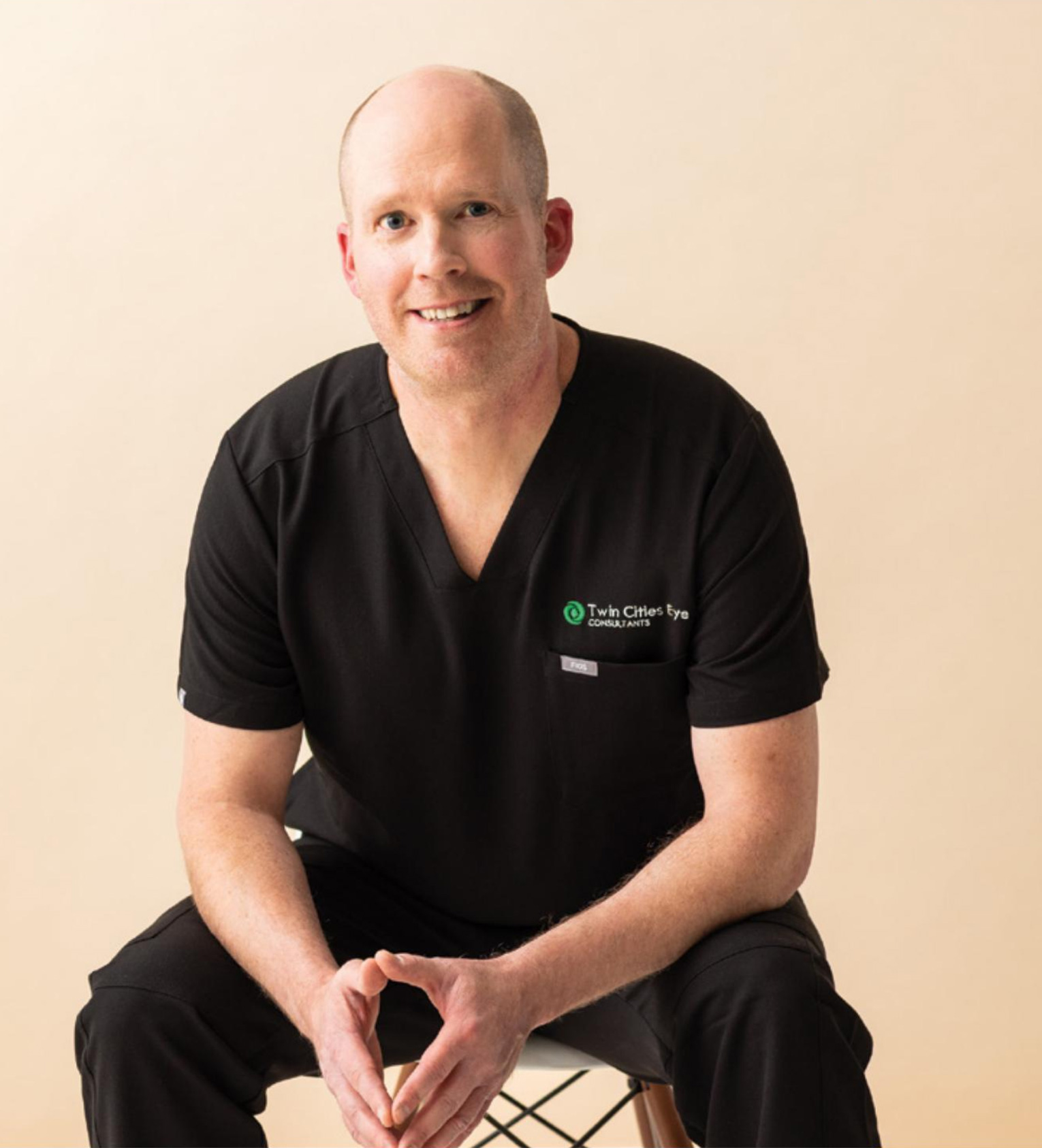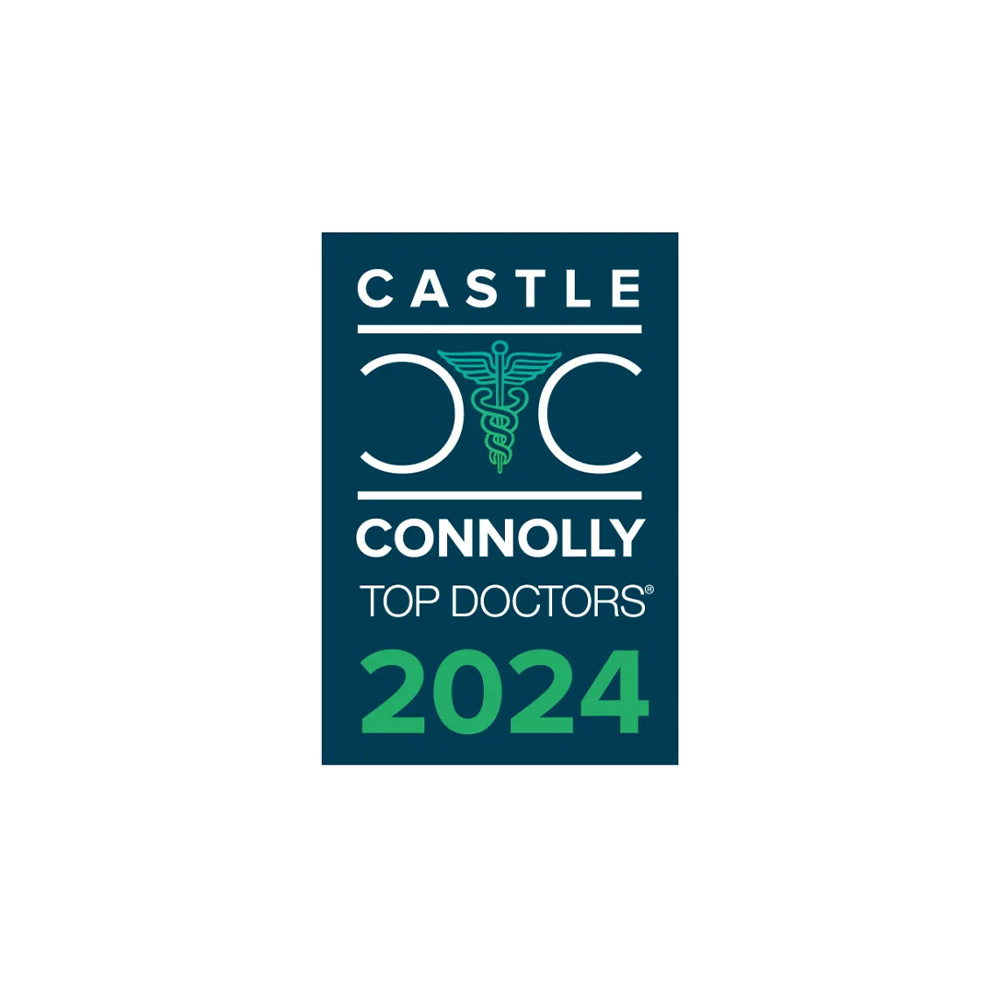by Suzy Frisch
Photographs by Caitlin Abrams
Originally Featured in Mpls.St.Paul Magazine
Even though Dr. David Folden has more than 10,000 eye-related surgeries under his belt, he still finds wonder each time he makes an immediate difference in a patient’s vision. People come to him with cloudy eyesight or difficulty seeing at night due to cataracts. He helps patients understand how he can resolve cataract issues and also possibly solve other vision problems, such as astigmatism, nearsightedness, and presbyopia, during the same procedure.
Folden, an ophthalmologist at Twin Cities Eye Consultants, spends significant time with each patient to learn about their vision and their desired outcome. Do they want to eliminate the need for reading glasses? Or would they like to have better distance vision? “Overnight, cataract surgery will change a patient’s vision, their outlook, and their ability to function. You also have the opportunity to clean up their prescription by choosing the proper make and model and type of lens-you’re killing two birds with one stone,” Folden says.
For instance, one lens he uses, called a multifocal intraocular lens, can correct astigmatism and/ or nearsightedness and farsighted-ness-helping people be glasses-free. “It can be so impactful. That’s a big reason why I love what I do.” Folden is always seeking ways to improve patient care by testing different lenses, publishing his findings, and adopting new technology. A good example involves his work to offer light-adjustable lenses to more cataract patients. These lenses work well for people who had LASIK or radial keratotomy surgery to correct their vision. The previous procedure often makes fine-tuning eyesight more challenging during cataract surgery. People who pick light-adjustable lenses need five UV light treatments to finesse their vision, a level of treatment that many ophthalmologists find burdensome.
So, Folden developed a partnership with optometrist Dr. Jennifer Wong. Now she handles patient treatments for about 30 Twin Cities ophthalmologists, freeing them up for patient consultations and surgery. “The technology was around for about a year, but no one was using it. It was logistically cumbersome because of all the additional follow-ups,” Folden says. “Our purpose was to make it easier and safer and give better outcomes with everyone doing their area of specialization. This model becomes a turnkey opportunity for other surgeons.” Folden completed medical school at the University of North Dakota and his ophthalmology residency at the University of Minnesota, planning to focus on surgery for cataracts and vision correction. He often is an early adopter of technology, such as doing cataract surgery with femtosecond lasers (which allow surgeons to make more precise incisions with a lower risk for error and faster visual recovery) and designing surgical instruments for using these lasers.
But that doesn’t mean he takes his eyes off patient care. From the start of his career, Folden has emphasized slowing down appointments so he can better educate patients about cataract surgery and different lens options. “I love to match the technology to what they are looking for,” he says. “I want to spend the time needed to educate patients before their surgery. We’re talking about someone’s vision and how impactful it will be from here on out.”




